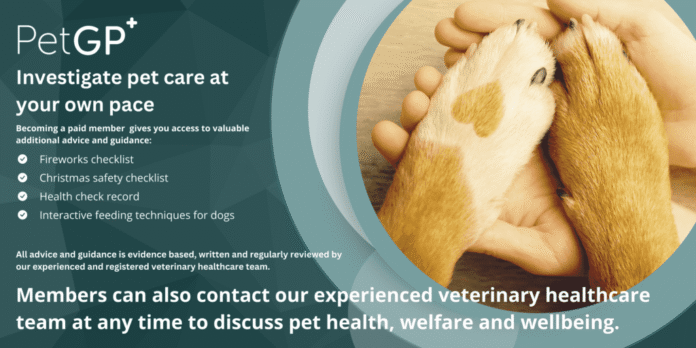We all hope that we will never need to see a vet in an emergency, looking for emergency transport options. However, it is important to have a plan in place should the need arise. Always have the contact details for your vet saved to your phone. Remember that planning ahead will make the process more efficient and less stressful for you and your dog.
Remaining Calm
If an emergency happens, you must contact your vet immediately. This will allow your vet time to prepare for your pet’s arrival. Considering transportation options in advance, such as emergency transport, can help you handle the situation effectively. They can take your details and provide any first aid instructions over the phone if required.
You have probably noticed that your dog picks up on your emotions when you are sad, stressed and happy. This will continue to happen during an emergency. It is very important to remain as calm as possible. Talk to your dog in a relaxed tone of voice to help comfort them in a potentially frightening situation.
Some scientists believe that dogs are susceptible to emotional contagion. This means dogs can respond to the emotions of humans without fully understanding what the person is feeling.
Transportation
An emergency can happen anywhere and at any time; you may not have access to a vehicle. Emergency transport options should be part of your plan. Even if you would normally have access to your own vehicle, you should always have a backup plan in place. Your car could be in a garage or with another member of the family.
Keep a list of friends and family members that may be able to help. There are several taxi firms that offer transportation for pets. It is a good idea to research these before an emergency event occurs. Many animal charities and veterinary practices may also have the facilities to help with transport during an emergency. You may also find that there is a private pet ambulance service in your area that could provide emergency transport.
Legally, your dog must always be secured during transportation, either in a crate or with a seat belt. This will help to prevent your dog from moving around the car. It minimizes the risk of injury to you or themselves. If your dog has any physical injuries and you brake suddenly, you could cause the injuries to worsen.
You may be driving the car in an increased state of anxiety, which will increase the risk of an accident occurring. It would be best for someone else to drive so you can remain with your dog to monitor them during the journey. When in a vehicle make sure dogs or other animals are suitably restrained. This ensures they cannot distract you while you are driving or injure you, or themselves, if you stop quickly. A seat belt harness, pet carrier, dog cage or dog guard are ways of restraining animals in cars.
Moving Your Pet
Your dog may act out of character if they are unwell, scared or in pain; they cannot verbally tell us what is wrong but emergency transport may be necessary. As a result, they may growl or bite. “Points of pain or discomfort should be kept away from the handler’s body as the animal is carried, to reduce the risk of causing further discomfort.” Points of pain would include anywhere that there could be a potential injury or wound. You should visually assess your dog before attempting to move them.
Your safety must also be taken into consideration when trying to move and transport your dog. If your dog is still standing and able to move around, use a secure short lead to walk them slowly to the vehicle. If possible do not allow your dog to attempt to jump into the car. Support them with gentle lifting and be cautious with their head, neck and spine position in case a potential injury is present.
If suitable you can also use a crate or pet carrier. Once the dog is safely inside, you can carefully move them to the car without having to touch their body. Make sure the crate or carrier is secure to prevent it moving during transportation. For large dogs you can also use a large strong blanket or towel. Lay them in the middle of the blanket and gently lift using the corners. You will need multiple people to ensure this method is used safely.
Getting to the Vet
The journey to your vet practice must be taken carefully, as you will likely be anxious and not focusing fully. If you have someone who can do the driving or come with you for support, it will allow you to monitor your dog while you are traveling.
Assess if your dog feels cold or hot to the touch and adjust the heating system in the car accordingly. Depending on the type of emergency your dog’s body temperature may be affected. A lowered body temperature is a common symptom of shock following a serious injury.
When you arrive at the veterinary practice, try to park as close as possible to the nearest entrance. It is a good idea to call from the car and remain with your pet if possible. If someone has accompanied you, ask them to inform the vets of your arrival.
Source link
